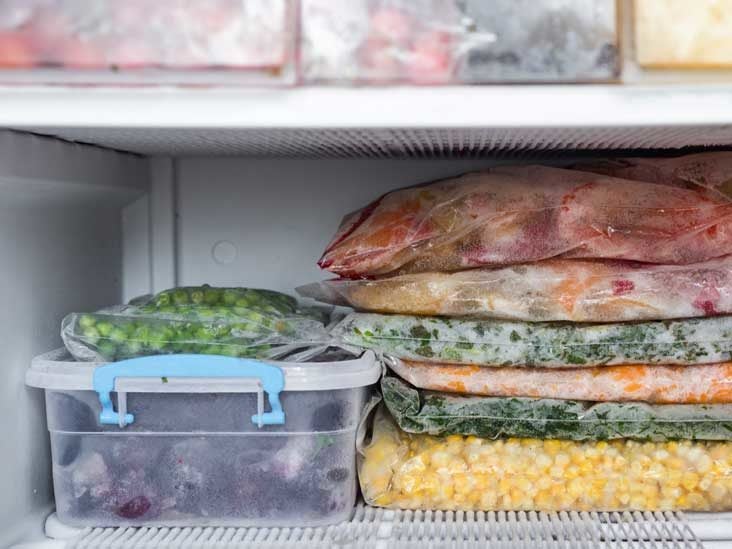

 chewing sugar-free chewing gum after meals to increase saliva flow – saliva is very important for protecting your teeth from decay. If you’re living in an area without fluoridated drinking water, speak to your dentist about what oral care products would be best for you Fluoride protects the teeth against acid. using toothpaste that contains fluoride and drinking tap water if you’re living in an area with fluoride in the drinking water.
chewing sugar-free chewing gum after meals to increase saliva flow – saliva is very important for protecting your teeth from decay. If you’re living in an area without fluoridated drinking water, speak to your dentist about what oral care products would be best for you Fluoride protects the teeth against acid. using toothpaste that contains fluoride and drinking tap water if you’re living in an area with fluoride in the drinking water. 
If you forget to floss or use an interdental brush (for bigger gaps between teeth), up to a third of each tooth doesn’t get cleaned! Remember that brushing alone will not remove all the bacteria, sugar and acid that have built up between your teeth.
brushing your teeth twice a day and flossing once a day – good oral hygiene will reduce the harmful bacteria. be conscious of hidden sugars in snacks, cereals and other packaged products. drink tap water (containing fluoride ) rather than soft drinks or juice. If you’re going to have something sweet, try to have it at mealtimes Try not to add sugar to your tea or coffee reduce how often you eat sugary foods or have sugary drinks. Watch this video from the Australian Dental Association which explains tooth decay. If the amount of acid from the bacteria on your teeth outweighs the protective effect of your saliva, then tooth decay will occur. It washes sugar out of your mouth and into your stomach, stops acid from causing damage, fights bacteria and can repair the early stages of tooth decay by repairing tooth mineral. Your saliva works to prevent tooth decay from occurring. This acid dissolves the crystals of your teeth and causes mineral loss, which can lead to signs of tooth decay such as white spots and cavities. When turning the sugar to energy, the bacteria in your mouth create acid as a waste product. These bacteria use the sugars in the food you eat as the energy they need to live. 
Many bacteria live in your mouth and on your teeth in the dental plaque (food build up around teeth).








 0 kommentar(er)
0 kommentar(er)
